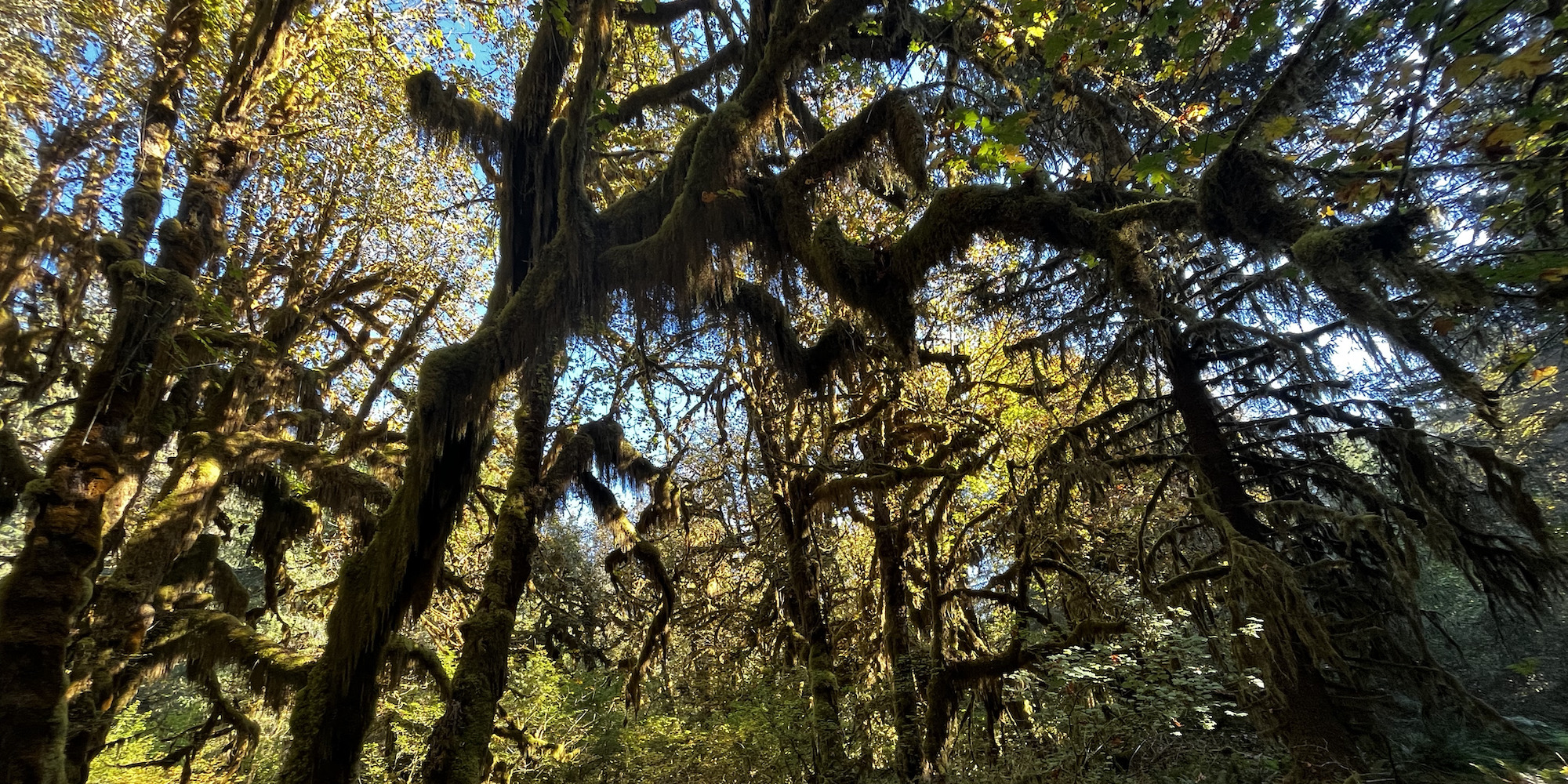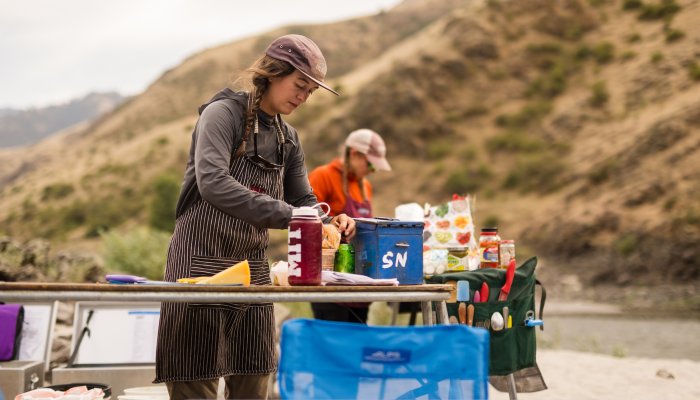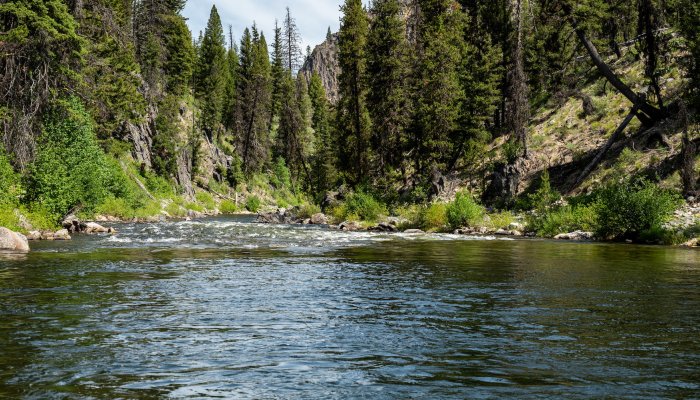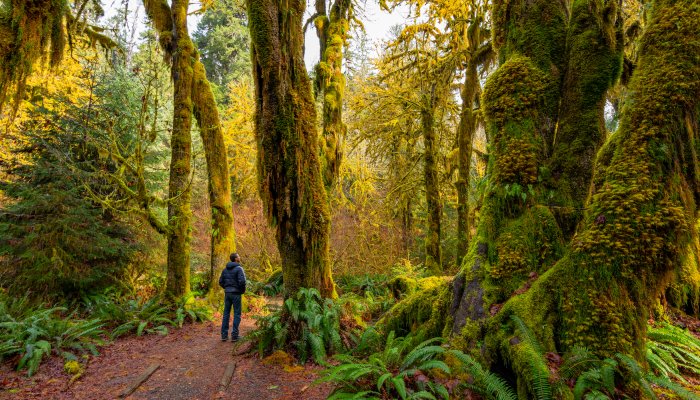7 Surprising Facts about Olympic National Park
If you are an adventurous traveler, you have probably been asked the question “do you prefer mountains, rivers, deserts, or the ocean?” There are few places in the world that can combine multiple of those environments. Olympic National Park, located on the Olympic Peninsula in Washington state plays host to mountains, ocean, rivers, and rainforests; providing bountiful opportunities for recreation and learning. Due to the park's unique regional location, the park holds incredible biodiversity and numerous ecosystems that are well worth witnessing. For these reasons and more Olympic National Park may be one of the most distinctive parks in the nation. In this blog we will break down 7 surprising facts that set Olympic National Park apart from others.
Olympic National Park plays host to the only temperate rainforest in the contiguous United States
Within the national park boundaries, the Hoh, Queets, and Quinault Rainforests within Olympic National Park collectively form the largest temperate rainforest in the world. These lush forests receive abundant rainfall and are home to towering trees draped in mosses and ferns. The Hoh Rainforest, located on the west side of the park, about two hours from Port Angeles, Washington, is one of the most visited spots in the park for its incredible biodiversity. With moderate temperatures in the rainforest year round, it’s an incredible place to witness moss absolutely thrive.
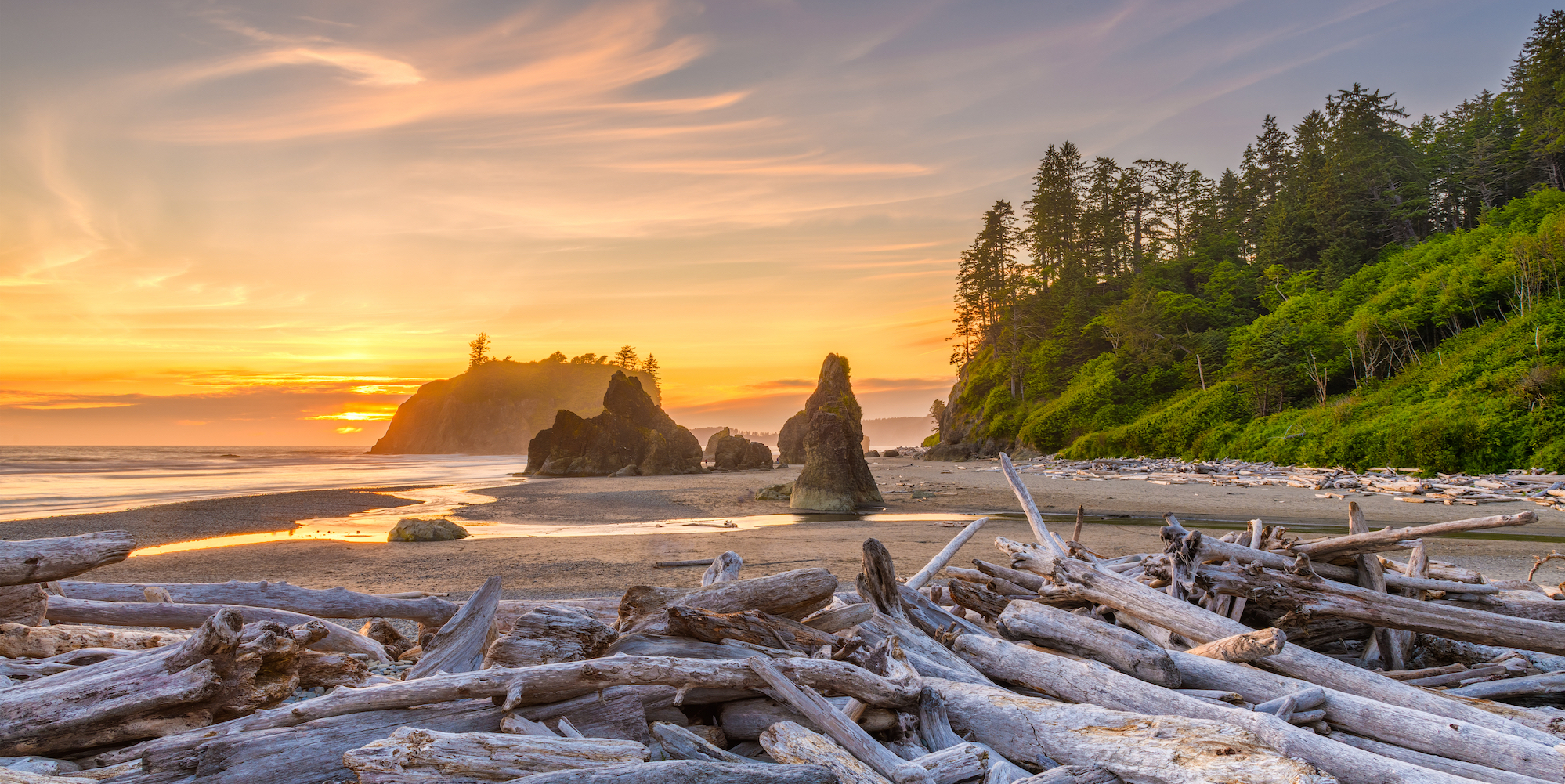
Three Distinct Ecosystems
Olympic National Park is unique in that it encompasses three distinct ecosystems within its boundaries: temperate rainforest, rugged coastline, and glaciated mountains. This diversity of landscapes makes it one of the most ecologically diverse national parks in the United States. Olympic National Park boasts an incredibly high level of biodiversity, with thousands of plant and animal species found within its boundaries. From rare orchids to elusive mammals like mountain lions and wolverines, the park is a hotspot for biological diversity.
The National Park is a designated UNESCO World Heritage site
In 1981, Olympic National Park was designated a UNESCO World Heritage Site in recognition of its exceptional natural beauty and ecological significance. Olympic National Park hosts the largest temperate rainforest in the lower 48, in addition to coastlines and glaciated mountains. This designation signifies the park's incredible topography and biodiversity. Of only 25 total UNESCO World Heritage Sites, the Olympic National park remains one of the best. With this national park being surrounded by the Pacific Ocean and Puget sound, this world heritage site is more isolated than any other in the nation.
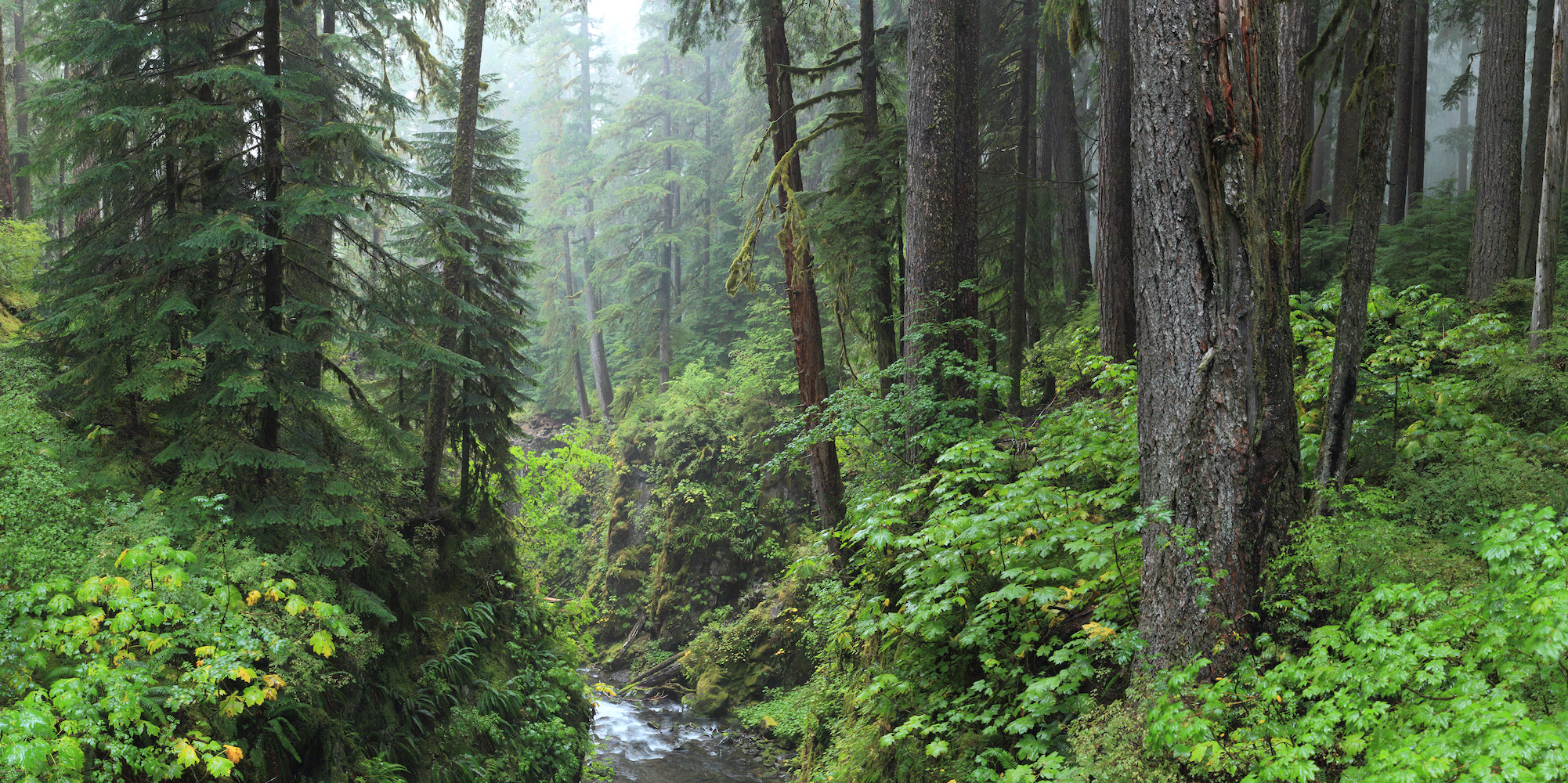
Record Rainfall
The Hoh Rainforest in Olympic National Park receives some of the highest rainfall levels in the continental United States, with an average annual rainfall of 12 feet according to the National Park Service. This abundance of rain is essential for sustaining the lush vegetation of the rainforest. The biggest contributing factor to this park holding record rainfall numbers is due to its proximity to the ocean. The Pacific Ocean is the biggest determining factor in weather throughout the park. Frequently, storm clouds roll off the ocean and move inland where they release moisture on the Olympic Mountains, contributing to record rainfall! Despite plenty of rain in the area, summer months can be beautifully sunny, with vast amounts of green forests. Experiencing all kinds of weather on the Olympic Peninsula is all part of the fun!
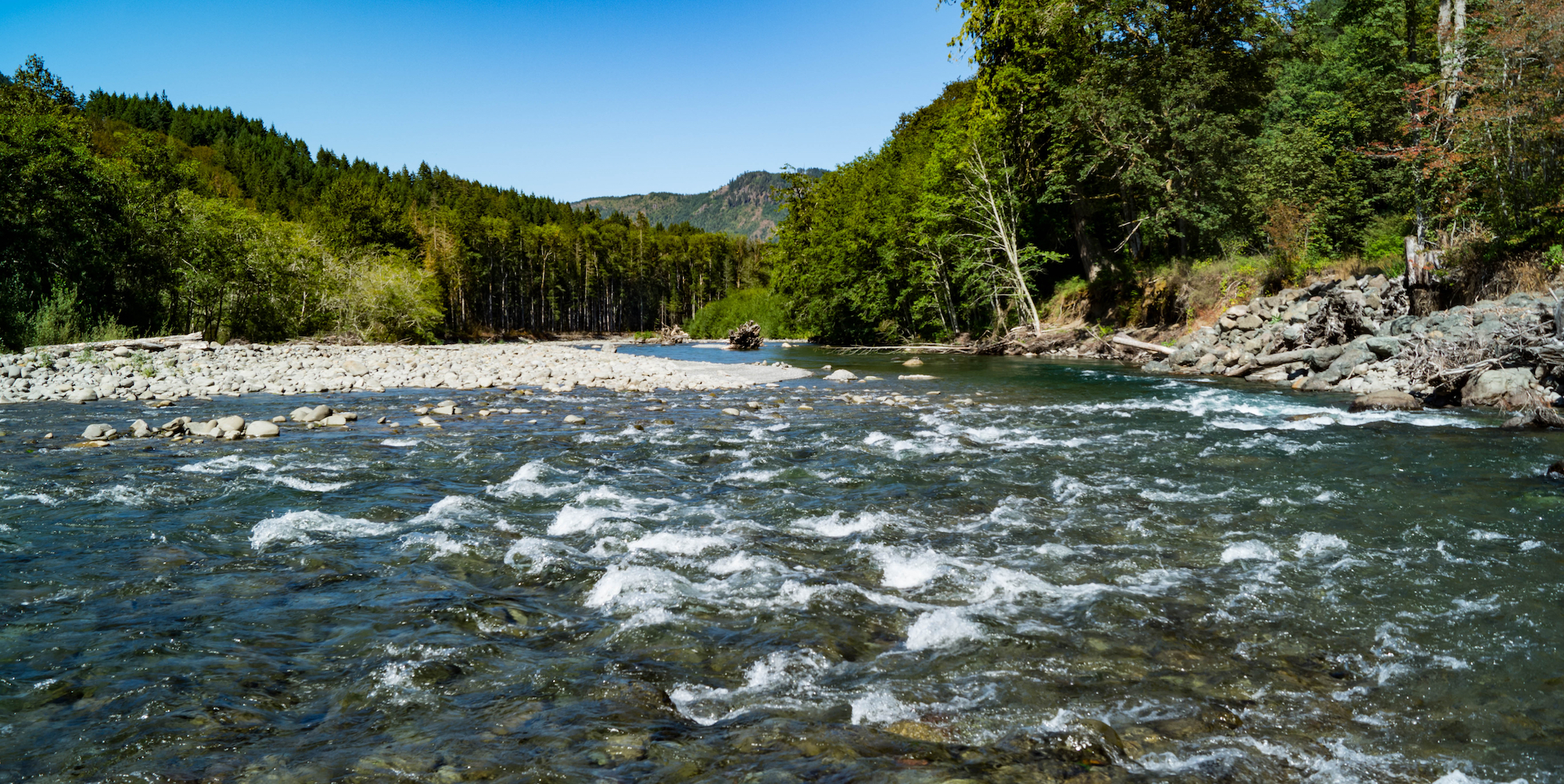
70 Miles of Wild and Scenic Rivers
Out of 15 rivers that run through the national park boundaries, 13 of them are designated as Wild & Scenic under the Wild & Scenic Rivers Act. These rivers serve as the lifeblood to many large populations of freshwater fish. Thanks to record rainfall in the park and periodic snow, these rivers are flowing and thriving year round. Almost all of these rivers meet the mouth of the Pacific Ocean and serve as a crucial corridor for a wide variety of wildlife. In recent news, there are current initiatives to remove the Elwha River dams which will open up 70 more miles of Wild & Scenic river for salmon to inhabit and spawn in.
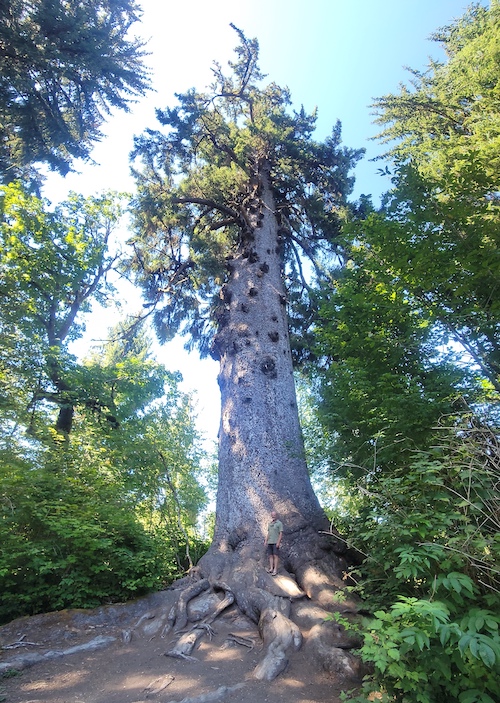
Ancient Trees
Olympic National Park, with its incredible biodiversity, is home to some incredibly unique and old tree species. Olympic National Park is home to some of the oldest trees on Earth, including specimens that are over 1,000 years old. These ancient trees, such as the iconic Sitka spruces and western red cedars, are revered for their longevity and resilience. Within the rainforests of Olympic National Park, you can find some of the world's oldest including Sitka spruce and Western red cedars. The Sitka Spruce in the QuinaultRainforest is known as "Quinault Lake Cedar" measures over 19 feet (5.8 meters) in diameter. It’s a must visit stop on a trip through Olympic National Park!
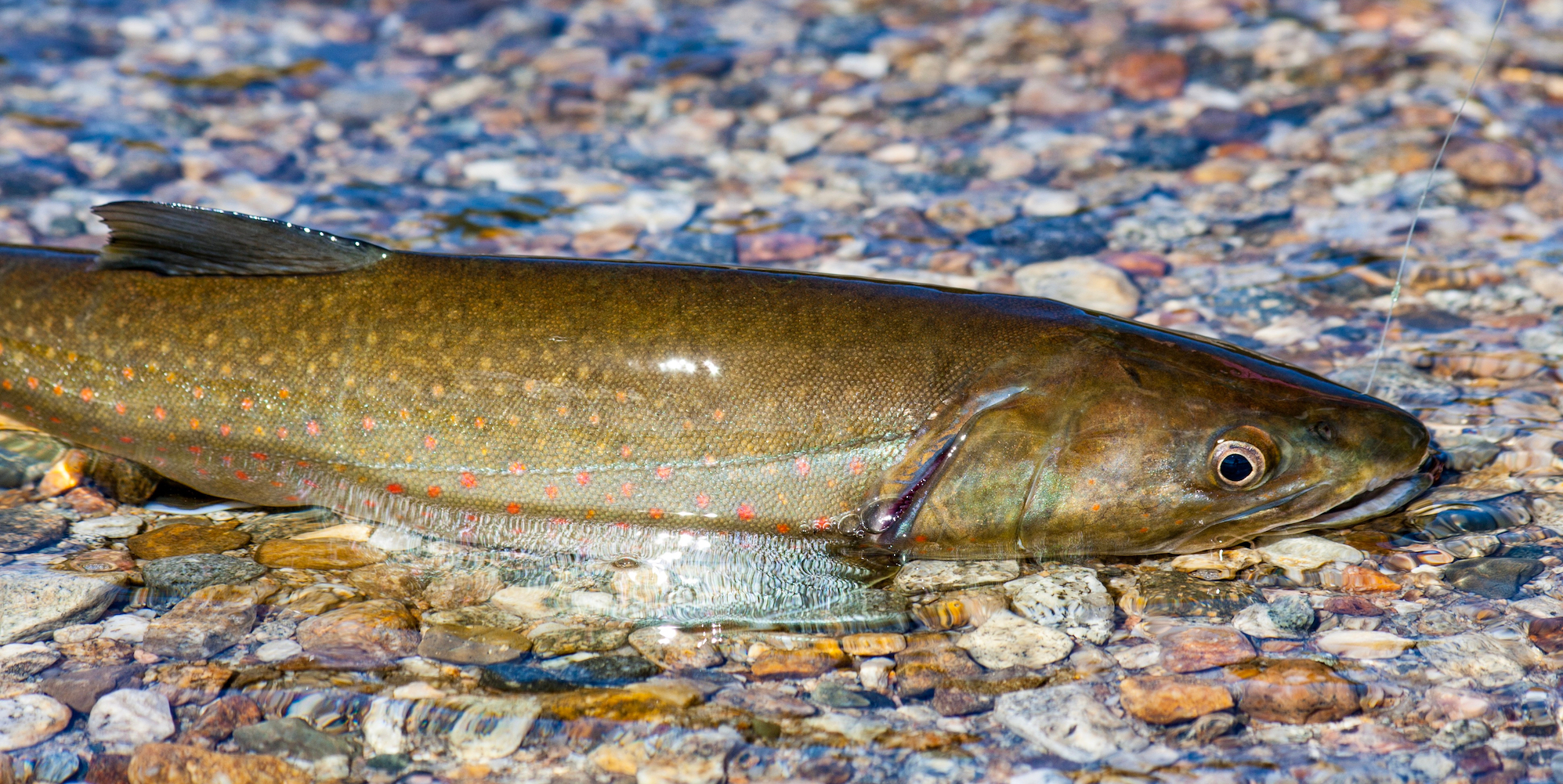
Refuge for Endangered Species
Olympic National Park provides critical habitat for several endangered species, including the marbled murrelet, northern spotted owl, and bull trout. Efforts to protect and conserve these species are ongoing within the park. Thanks to the variety of habitats and ecosystems within the park boundaries, Olympic National Park fosters a crucial habitat for species at risk. Park employees pay close attention to nesting animals and native plans that serve as food for endangered species that live in the region. The national park works hard to conserve these species by limiting human activity in critical areas or closing areas all together for the betterment of endangered species.

